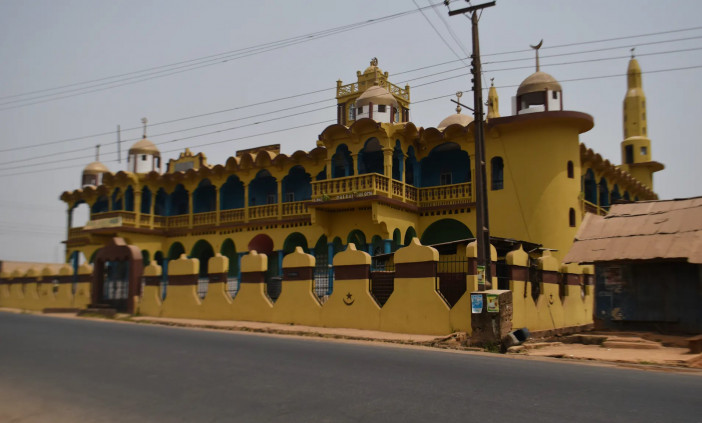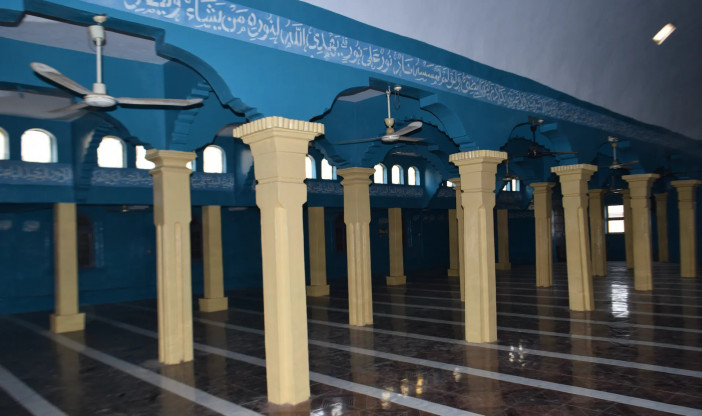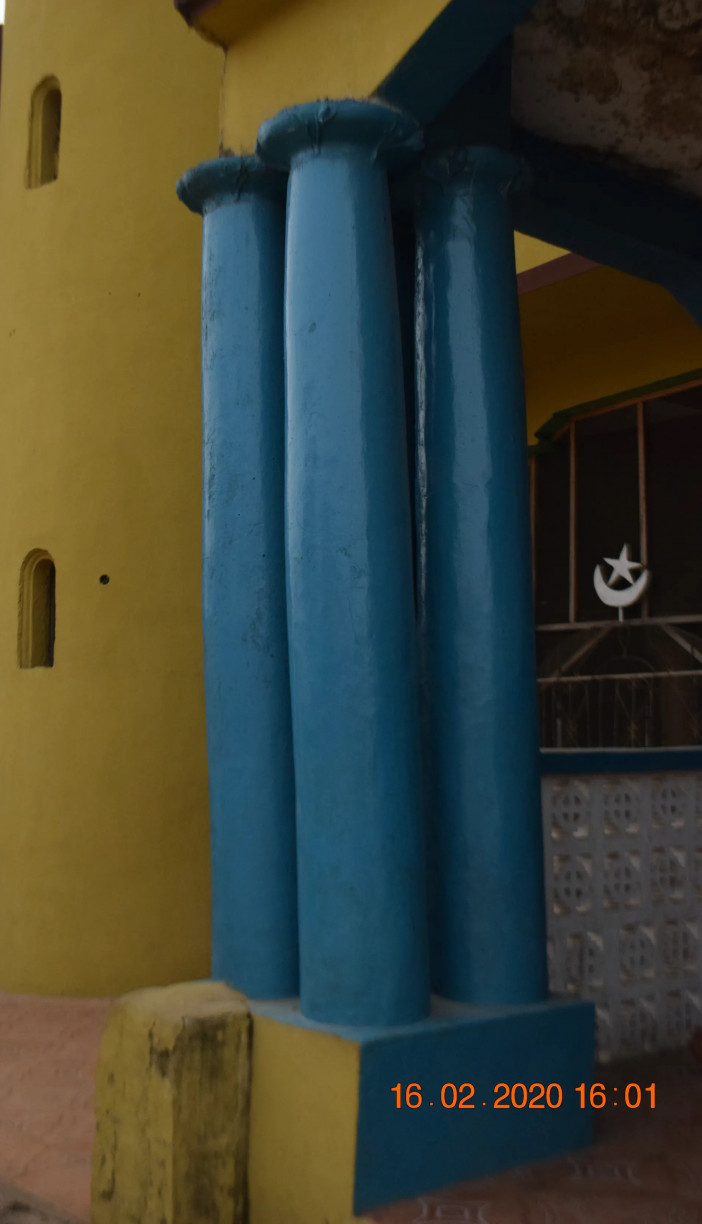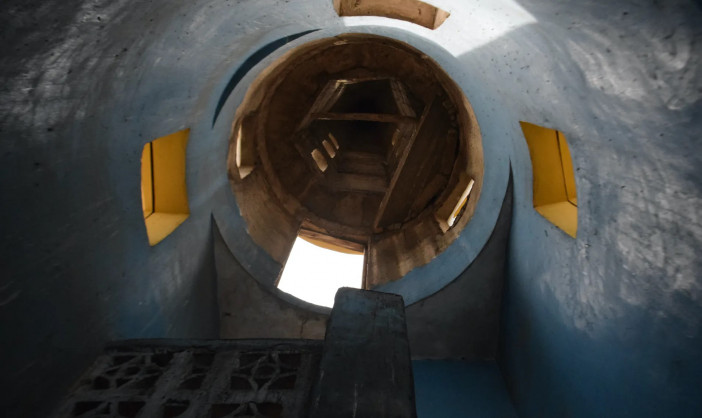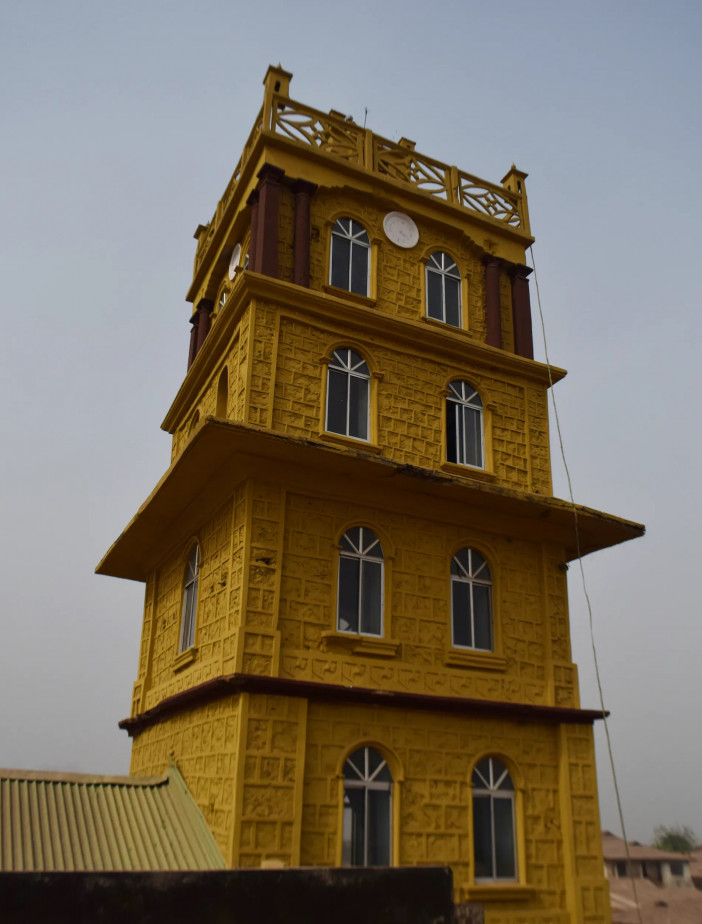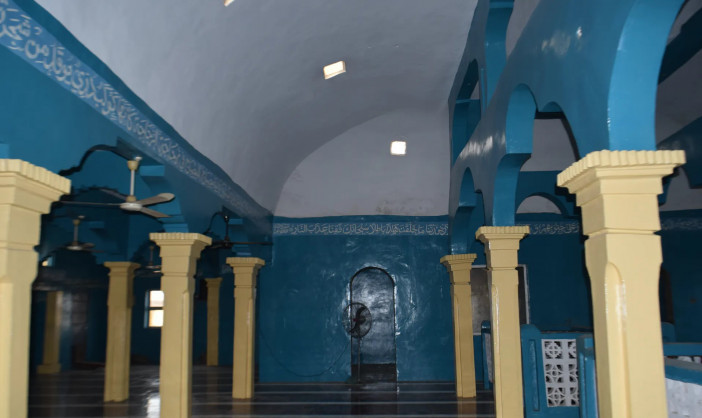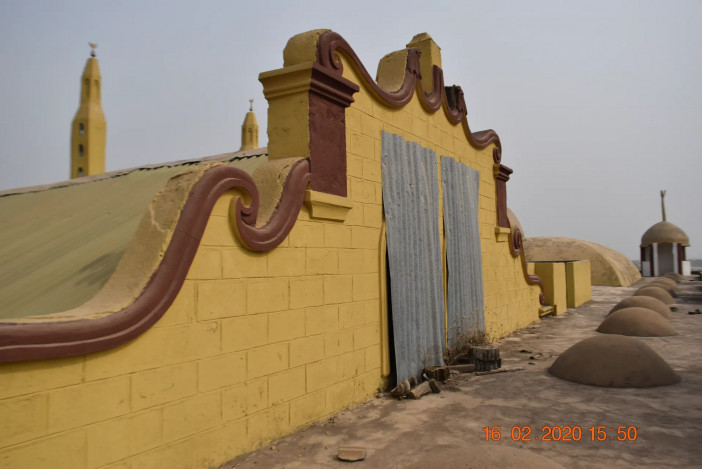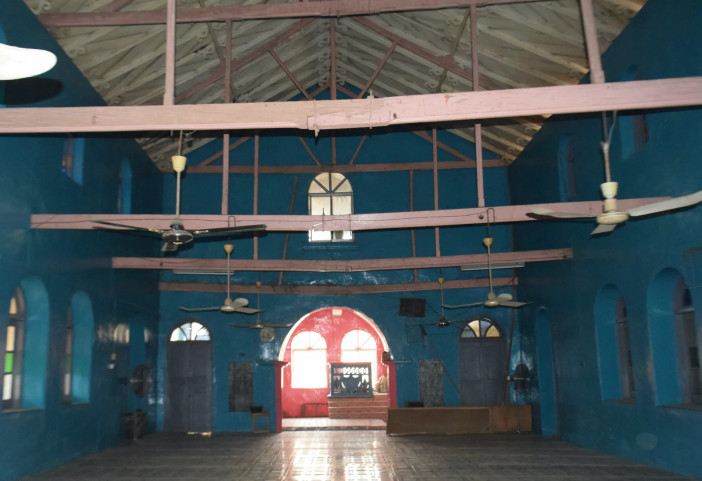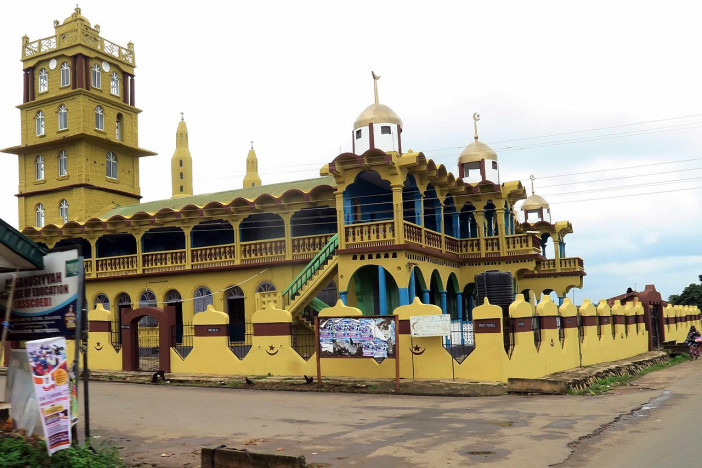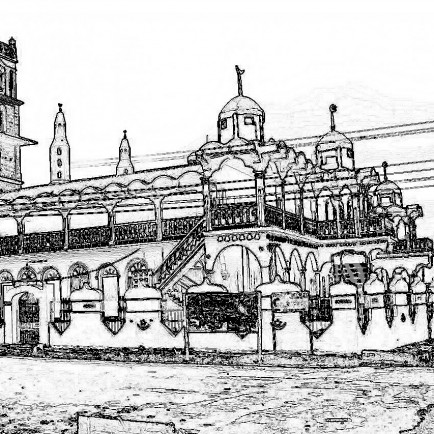Ode Omu Central Mosque
History
In Osun State, in southwest Nigeria, is the historic town of Ode Omu. It is situated alongside the road that leads to Osogbo, the state capital. The Ife Modakeke people, who fled their home under the reign of Ooni Adenekan due to cruel treatment, founded Ode Omu in 1910. Over time, the residents of Ode Omu embraced Islam, which by the 1940s had taken over as the town's primary religion. Therefore, a central mosque was required so that the local Muslims could worship there. The main mosque developed into a draw for nearby cities and peasants who came for Arabic and Islamic instruction, with the first graduates in 1953.
To construct the mosque, skilled laborers from Ilorin, a city with a sizable Muslim population, were hired. A guy by the name of Odunlami oversaw the masons who built the mosque. Together with Yusuf, an Ibadan local and equally excellent carpenter, he constructed the mosque. The building was designed and engineered by Odunlami and Yusuf with the assistance of an architect and engineer.
Urban and Architectural
The central mosque's twin minarets, numerous domes, and intricate curves on its maroon and yellow painted front dominate the town's skyline. The mosque is still the town's tallest standing structure. It contains a tower structure that is roughly 15 meters tall, as well as separate prayer halls for men and women, with the latter located on the first floor. The nine-meter-long, double-volume male prayer hall has a roof made of wood trusses that were joined together using woodworking techniques. The double-volume male prayer hall is surrounded by the female prayer hall, which is reached via stairs at the mosque's entrance. It is possible to pray in these hallways.
Description
Each of the mosque's three domes rests atop a barrel vault. The center dome and barrel vault both have small holes that let light into the female prayer area. To prevent water from gathering at the borders of these apertures, transparent glass covering them and chamfered ends have been added. Small domes are also recessed into the reinforced concrete roof.
Details
Location
G9QW+QFC Central Mosque, 220104, Ode Omu, Nigeria
Worshippers
350
Owners
the Modakeke people from Ife
Architect Name
Year of Build
1948
Area
700
Drawings
Map
History
In Osun State, in southwest Nigeria, is the historic town of Ode Omu. It is situated alongside the road that leads to Osogbo, the state capital. The Ife Modakeke people, who fled their home under the reign of Ooni Adenekan due to cruel treatment, founded Ode Omu in 1910. Over time, the residents of Ode Omu embraced Islam, which by the 1940s had taken over as the town's primary religion. Therefore, a central mosque was required so that the local Muslims could worship there. The main mosque developed into a draw for nearby cities and peasants who came for Arabic and Islamic instruction, with the first graduates in 1953.
To construct the mosque, skilled laborers from Ilorin, a city with a sizable Muslim population, were hired. A guy by the name of Odunlami oversaw the masons who built the mosque. Together with Yusuf, an Ibadan local and equally excellent carpenter, he constructed the mosque. The building was designed and engineered by Odunlami and Yusuf with the assistance of an architect and engineer.
Urban and Architectural
The central mosque's twin minarets, numerous domes, and intricate curves on its maroon and yellow painted front dominate the town's skyline. The mosque is still the town's tallest standing structure. It contains a tower structure that is roughly 15 meters tall, as well as separate prayer halls for men and women, with the latter located on the first floor. The nine-meter-long, double-volume male prayer hall has a roof made of wood trusses that were joined together using woodworking techniques. The double-volume male prayer hall is surrounded by the female prayer hall, which is reached via stairs at the mosque's entrance. It is possible to pray in these hallways.
Description
Each of the mosque's three domes rests atop a barrel vault. The center dome and barrel vault both have small holes that let light into the female prayer area. To prevent water from gathering at the borders of these apertures, transparent glass covering them and chamfered ends have been added. Small domes are also recessed into the reinforced concrete roof.


